Should I choose a USB RFID reader or a handheld RFID reader for my business?
267Compare USB RFID readers and handheld scanners for inventory, retail, and logistics. Learn which suits your workflow: portability vs fixed setup.
MoreAll RFID Product
Imagine each item in your warehouse having a little “voice” that can talk to your system. That’s what RFID does. Instead of scanning barcodes one by one, RFID tags automatically communicate with readers. The moment a pallet moves, or a box passes a dock, your system instantly knows where it is.
For software providers, this means plugging those “voices” into your WMS or ERP so managers can make fast decisions without chasing down every single item.
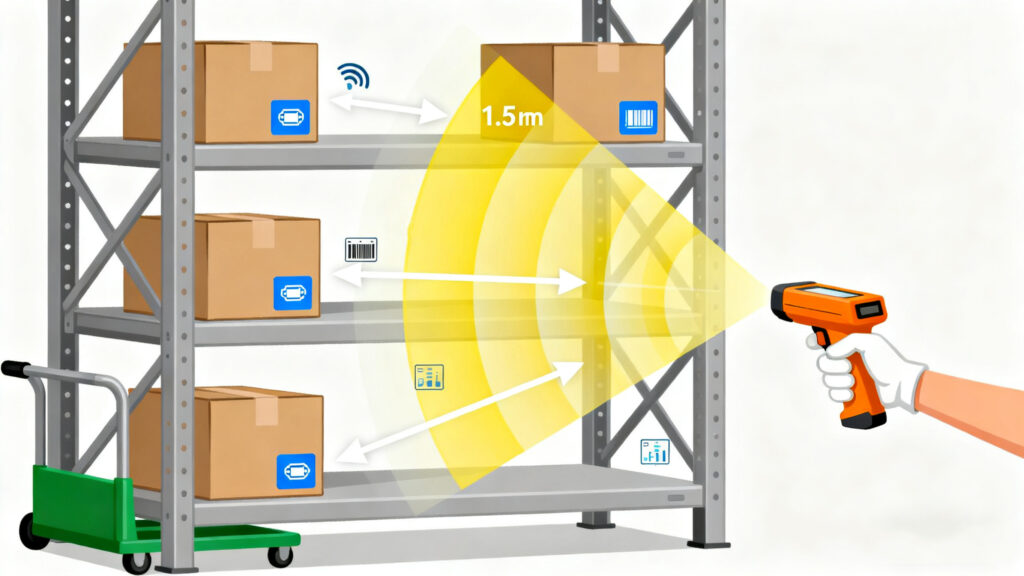
RFID really shines when it comes to cutting down manual work:
For software providers, all this data flows into dashboards so managers can spot issues quickly and fine-tune warehouse workflows.
Software systems need to handle both, interpret signals, remove duplicates, and update the WMS in real time.
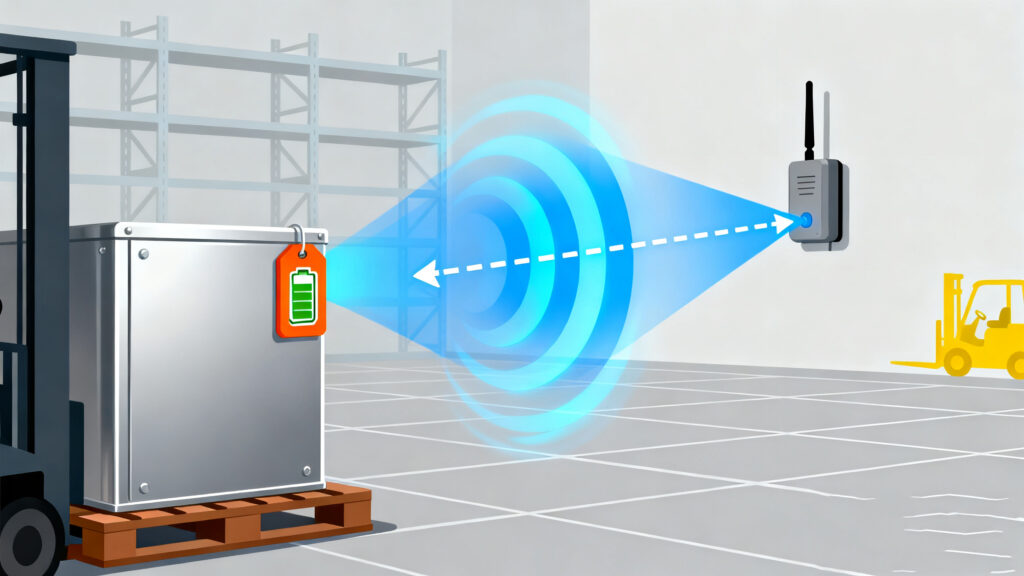
RFID isn’t magic. There are a few things to consider:
RFID cuts down human mistakes in a few key ways:
Software providers can turn these signals into automated rules, alerts, and dashboards that make it easy to act fast.
Yes, you don’t have to scrap your WMS or ERP. RFID readers feed signals to your system, which then:
APIs and dashboards let managers see what’s happening in real time, instead of waiting for manual updates.
Barcodes are fine for small operations, but RFID is a game-changer when things scale:
For software providers, this is the sweet spot—you can build dashboards, predictive alerts, and optimization tools on top of raw RFID signals.
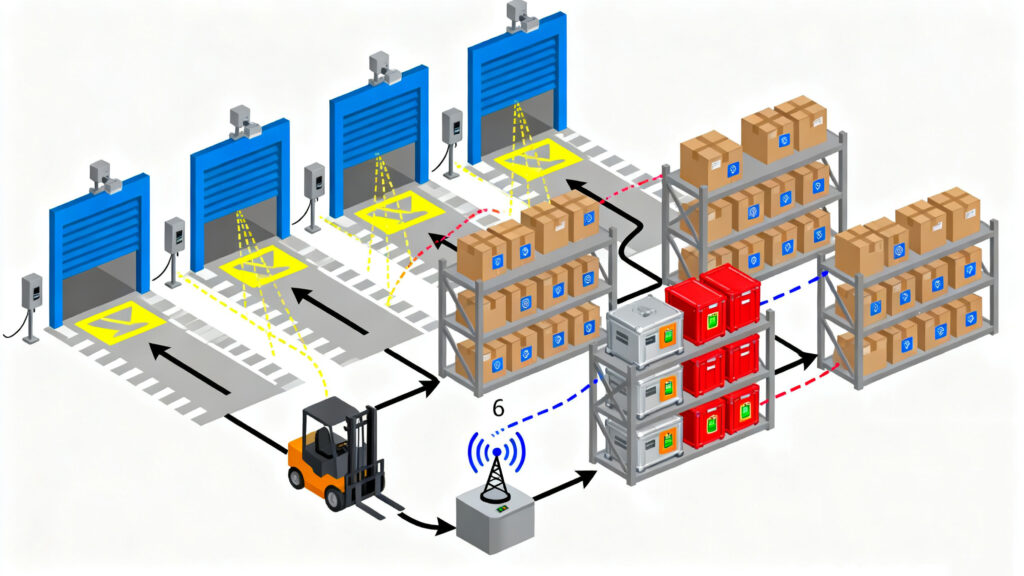
Raw RFID signals are like chatter—you need software to turn it into useful information:
Without this layer, RFID tags just “talk”—no one’s really listening intelligently.
RFID is more than a tracking tool—it’s a way to make smarter, faster decisions in a warehouse. Managers can see bottlenecks, predict shortages, and improve storage layouts. For software providers, it’s an opportunity to offer dashboards, workflow automation, and predictive analytics that turn RFID signals into actionable insights.
With the right software, warehouses aren’t just reacting—they’re proactively managing operations. Passive and active RFID tags combined with smart software give real-time visibility, reduce errors, and optimize labor. In short, RFID plus software is a powerful, connected warehouse strategy.
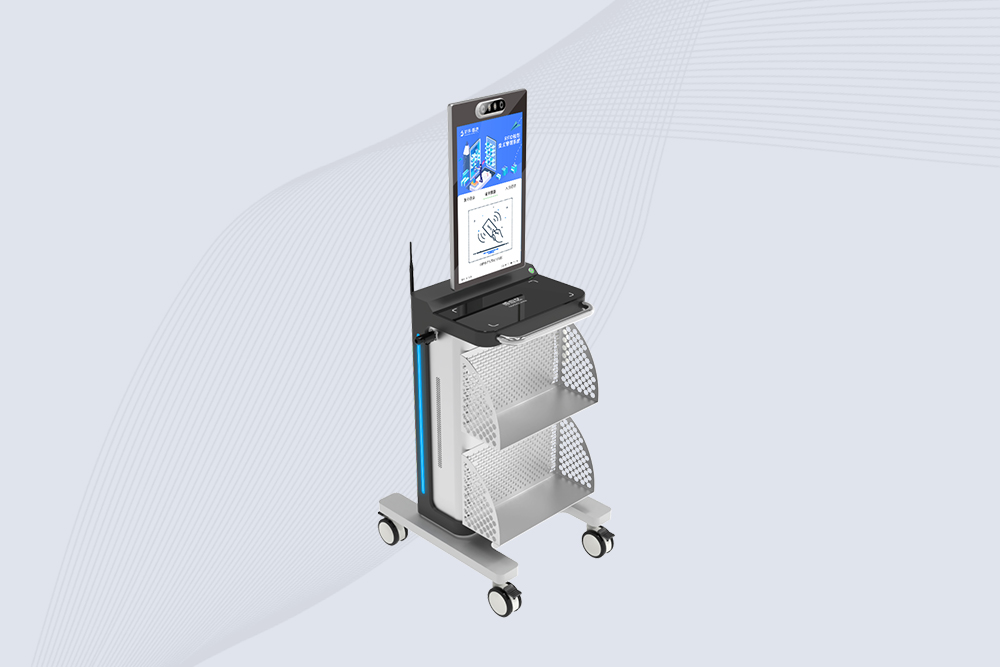
Cykeo CK-C1B RFID to track inventory system features 800+ items/hour scanning, telescopic antenna, and real-time shelf analytics for libraries/warehouses. Supports Windows/Android OS.
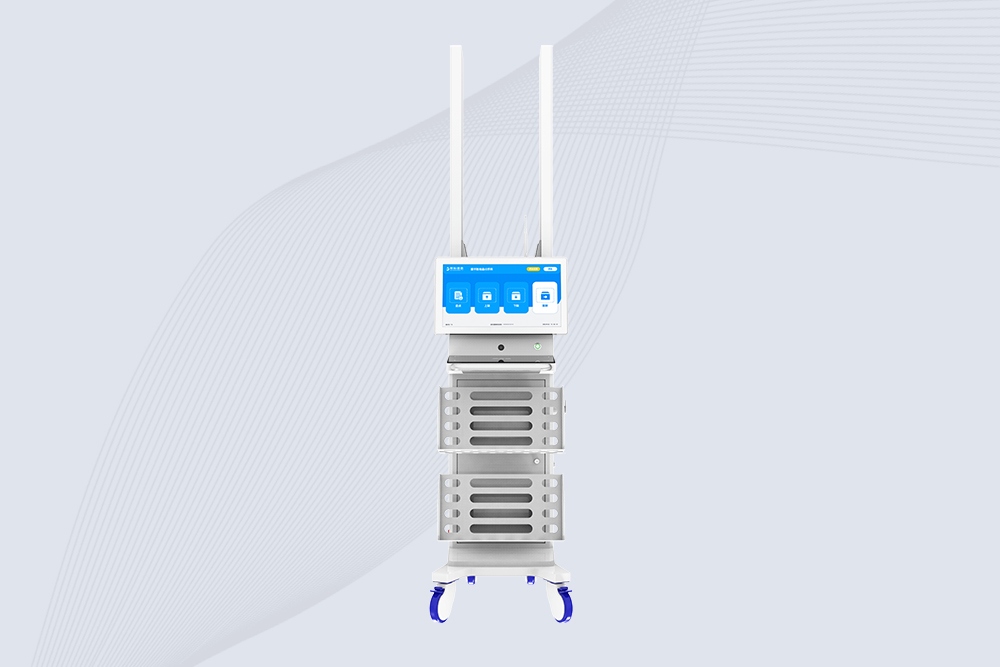
Cykeo CK-C1A RFID tag inventory system features vertical 2.2m manual lift, dual antennas, and Android/Windows OS for warehouse/library inventory. Supports SAP/Oracle integration.
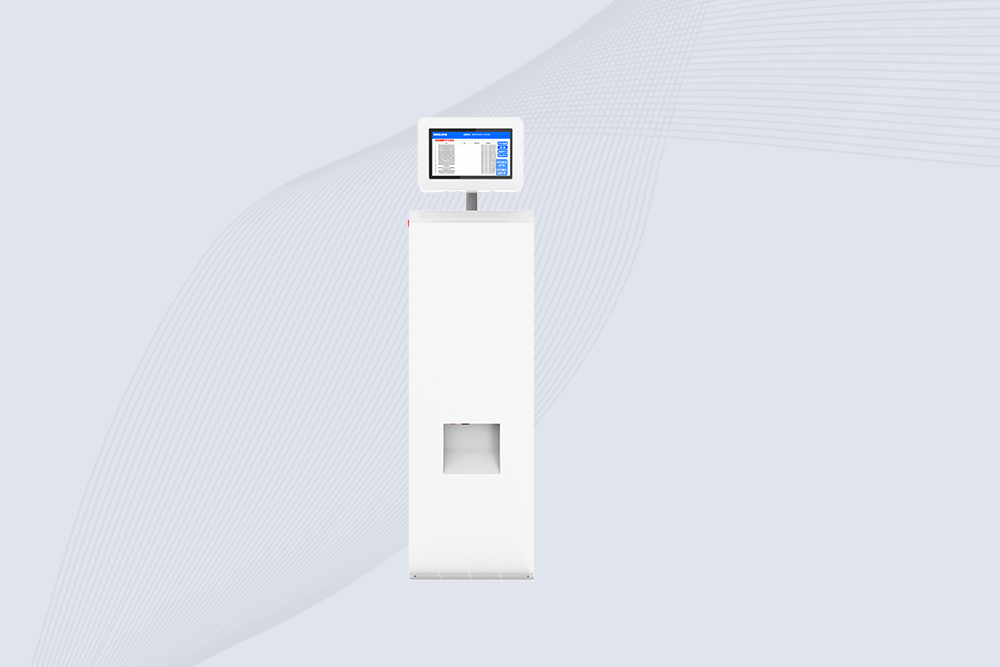
Cykeo CK-T8B industrial rfid gate access system offers 1.85m scanning corridor, 99.6% read accuracy, and Windows/Android OS for production line verification. Supports SAP/Oracle integration.
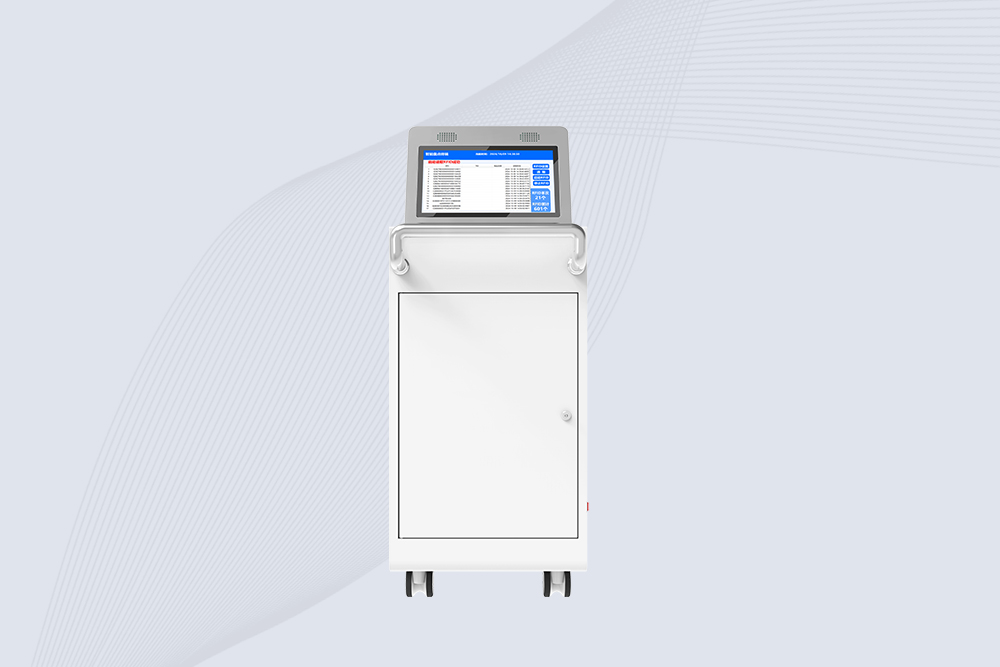
Cykeo CK-C4C RFID inventory tracking cart features 10-antenna array, 300+ items/min scanning, and SAP integration for real-time asset visibility in warehouses/hospitals.
Compare USB RFID readers and handheld scanners for inventory, retail, and logistics. Learn which suits your workflow: portability vs fixed setup.
MoreLearn how to test RFID tags using your smartphone’s NFC feature. Discover apps, DIY methods, and troubleshooting tips for quick verification.
MoreUnderstand the differences between UHF and HF handheld RFID readers. Compare range, applications, costs, and choose the right technology for logistics, healthcare, or retail.
MoreE Ration Card Management System with RFID has emerged as a key tool for optimizing food distribution and preventing resource waste
More